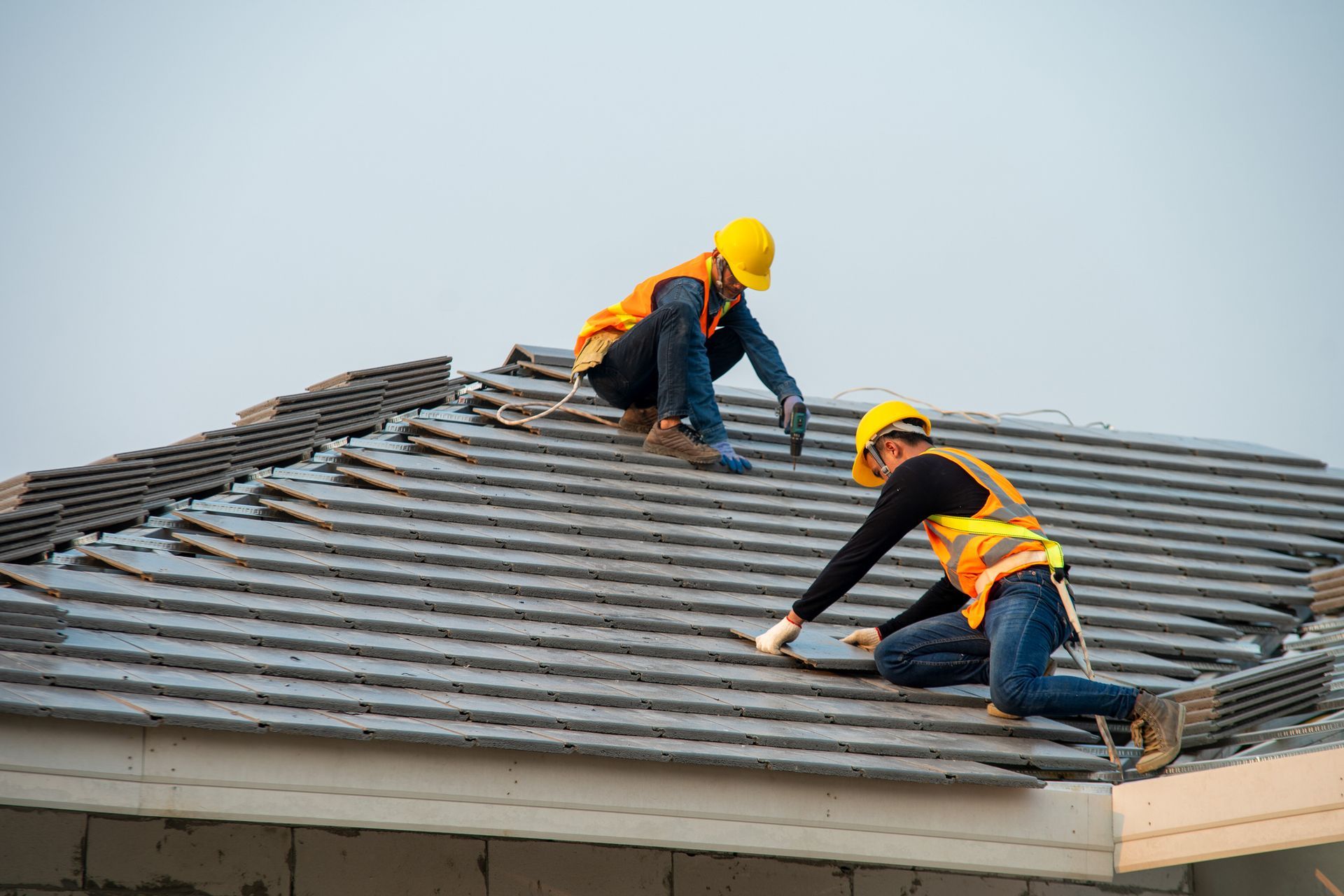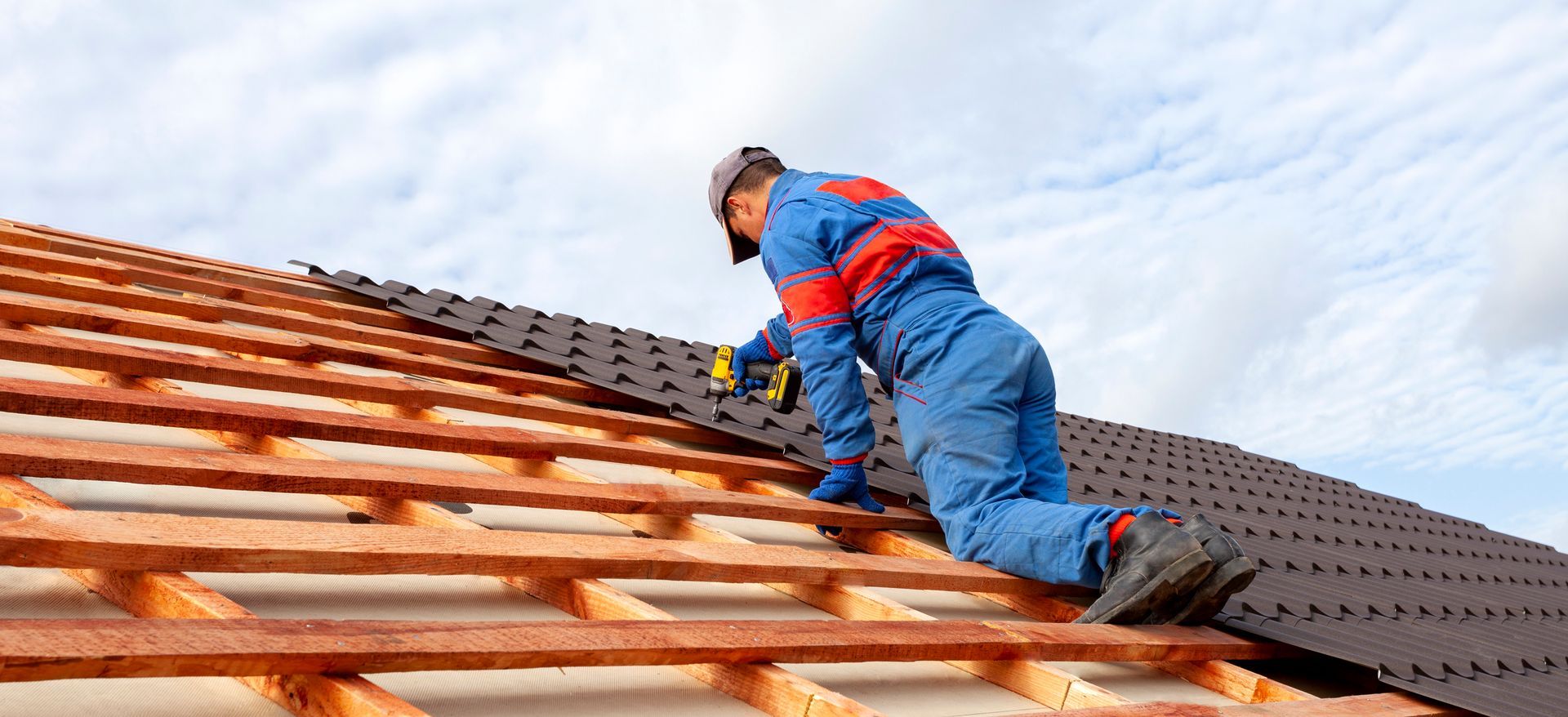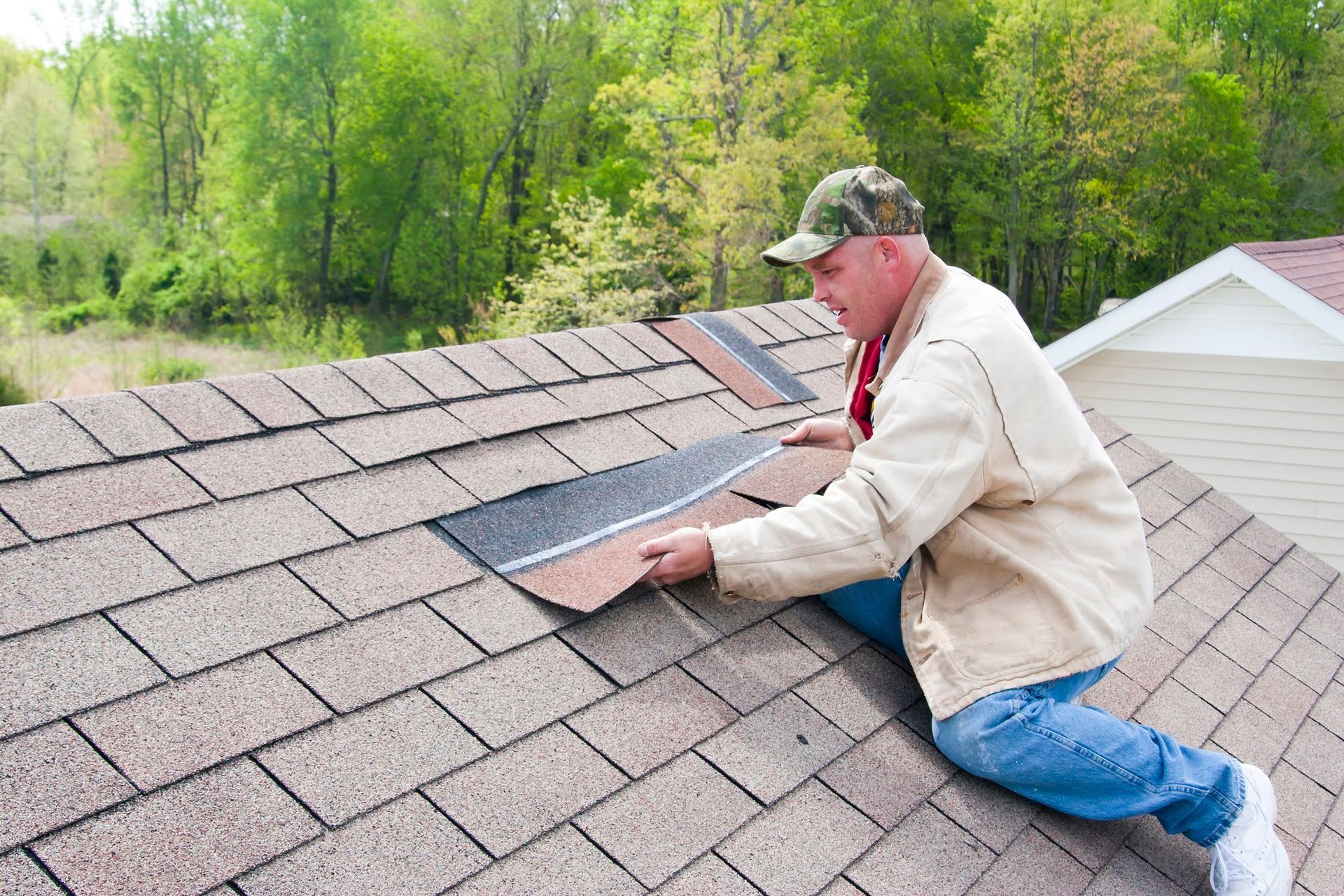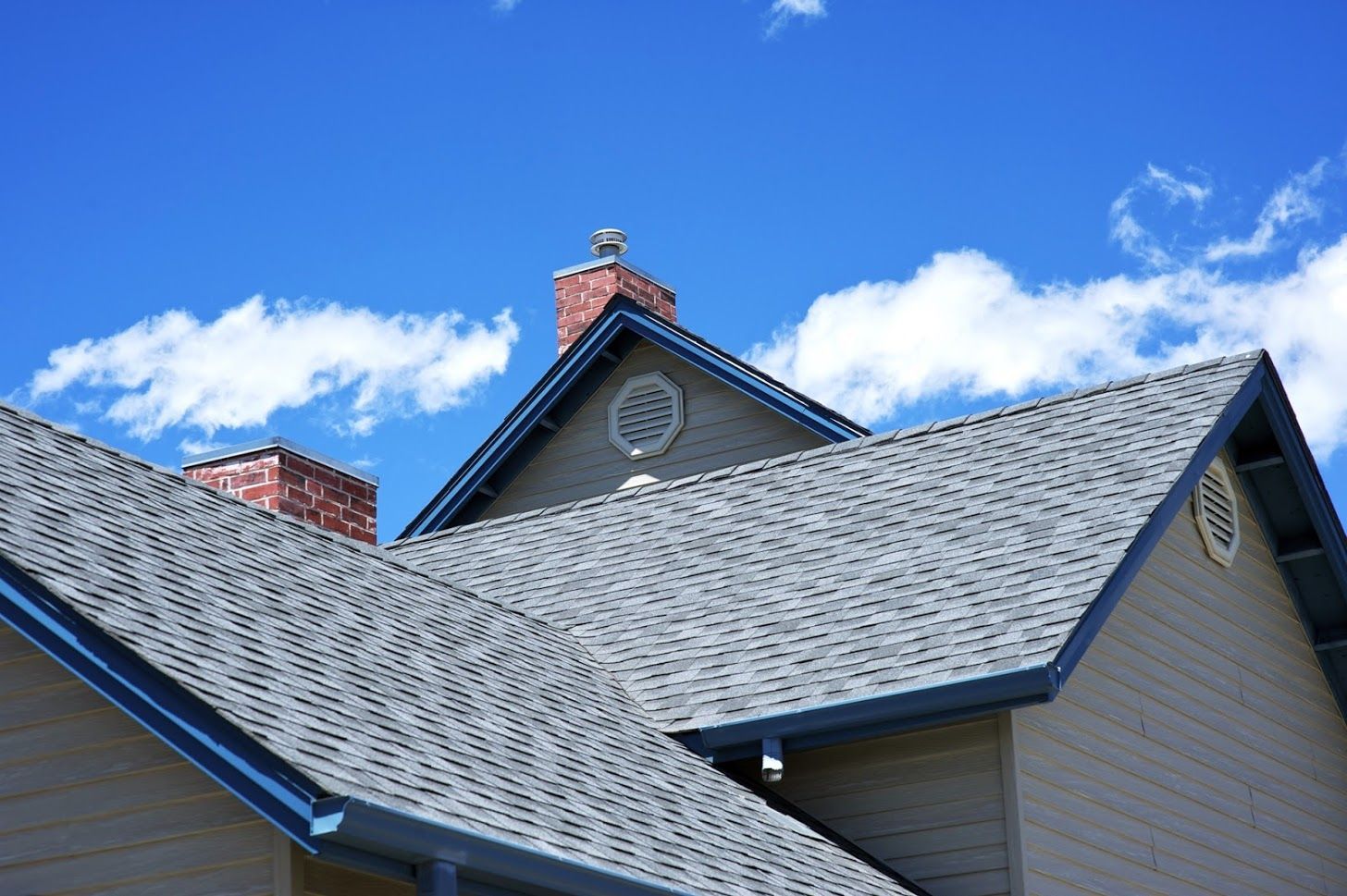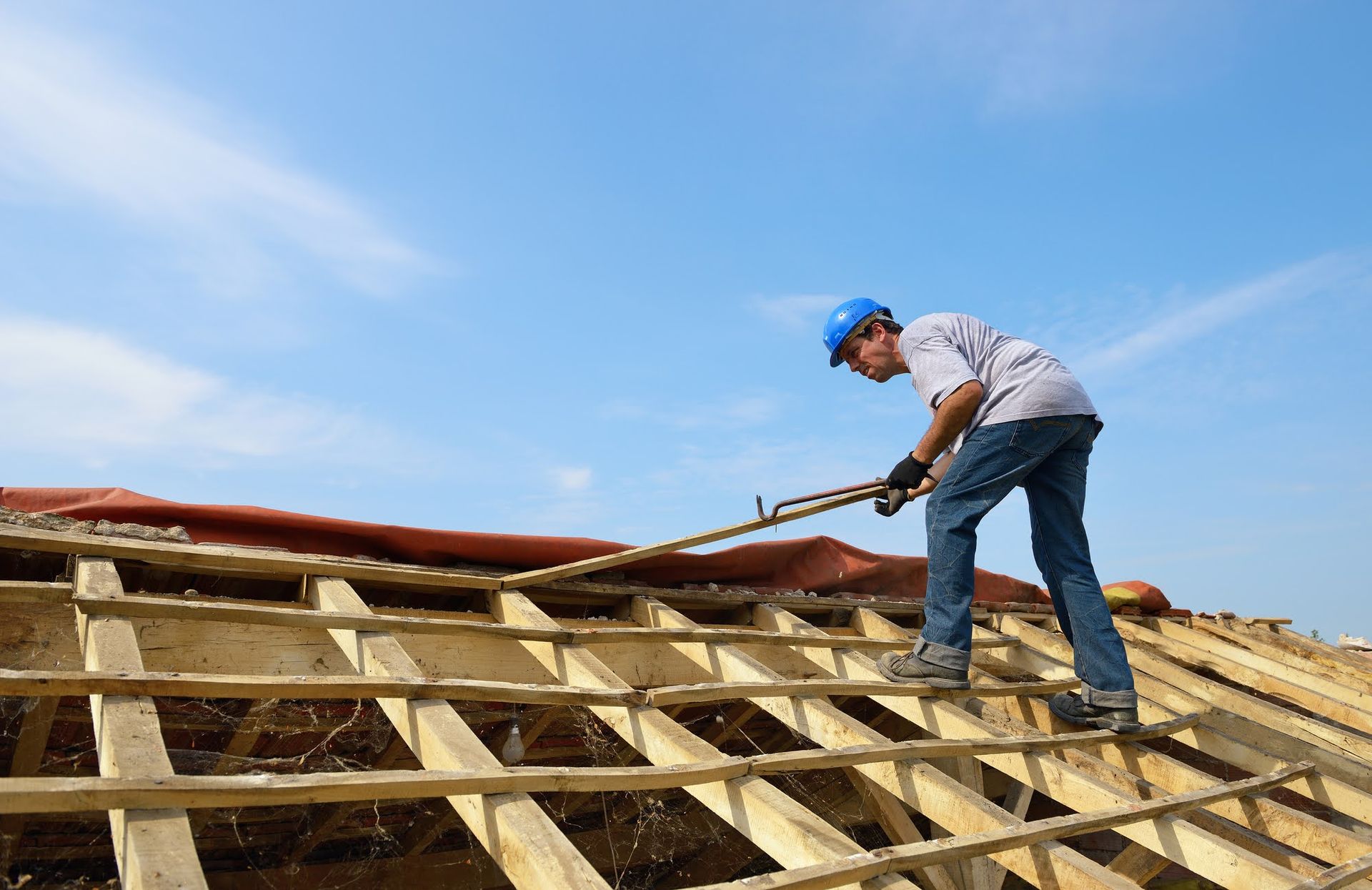9 Signs You Need a New Roof

A strong roof protects your family and the items inside your home. Sometimes, the roof may experience some damage and fail to function properly. While a couple of dinged-up spots on the roof aren't a cause for worry, some roof damage may be beyond repair.
This blog post highlights signs that you require a new roof.
1. The Roof Is Old
The lifespan of your roof depends on your chosen material. For example, asphalt shingles can last for only 20 years, while slate roofs have a lifespan of up to 175 years. Once your roof approaches its maximum life expectancy, plan for a replacement.
You can either replace a section of the roof or the entire roof.
2. Roof Has Visible Leaks
Many factors can cause roof leaks, including storm damage and worn-out materials. If your roof's material weakens, water will pass through the shingles. This can cause water intrusion, and you may see puddles inside the house after a rainstorm.
While you can patch small leaks, persistent or multiple roof leaks may require complete roof replacement.
3. Roofline Sags
The shape of the roof line can indicate whether roof replacement is necessary. Ideally, rooflines must be strong and straight. When the roof begins to curb, dip, or sag, conduct a thorough check of the roof.
Sometimes, the problem may be framing issues. But if water saturation on the roof deck is the cause, you may have to plan for roof replacement.
4. Neighbors Are Replacing Theirs
If you live in subdivisions and developments, neighbors replacing their roofs is a sign that you need to replace yours as well. Many developments consist of homes that have similar designs. In addition, most of the houses in such areas use the same roofing materials since the builders probably bought materials in bulk. If your neighbors’ roofs have reached the end of their lifespan, yours probably has as well.
5. Missing Shingles
Shingles can go missing when the adjoining adhesive separates from the course. The separation weakens the shingles, allowing strong winds to blow away the shingle. Poor installation can cause one or two shingles to fall off. But if many shingles are missing, a complete roof replacement may be the only solution.
6. Your Roof Has Double Layering
Many people often install another layer on the roof instead of replacing the roof entirely. Although double layering may be cheaper, the process may destroy the roof in the long term. The new layer of shingles will get support from an already rotten sheathing.
As a result, your roof will have a short lifespan, and you'll need to replace it after a short while.
7. The Decking Is Weak
Decking is the roof's base and supports the exterior roof layers, such as the shingles and underlayment. When the decking shows signs of damage, chances are that other sections of the roof are damaged.
Typically, the decking will bend and rot due to water damage. Because the decking can no longer support the roof's total weight, the roof can collapse.
8. Mold and Fungi Have Taken Over
Trapped moisture on the roof can encourage the spread of fungi, mold, and moss. These microorganisms can damage your roof, although you can use a brush to get rid of the microorganisms from your roof.
If the problem persists, call a professional to inspect your roof. The inspection may reveal extensive mold and fungi damage, requiring a full roof replacement.
9. Energy Bills Have Increased
Since roofs provide insulation, increasing energy bills may indicate roof damage. For instance, leaks on your roof enable warm air to escape. Even if there's no roof damage, the roof materials and colors may encourage heat to escape or retain too much heat. Hence, if you want to reduce energy bills, install a new roof with the features and with the insulation you need.
Are you planning to replace your existing roof? Classic Remodeling provides professional roof installation replacement and repair services. Contact us to get started.

